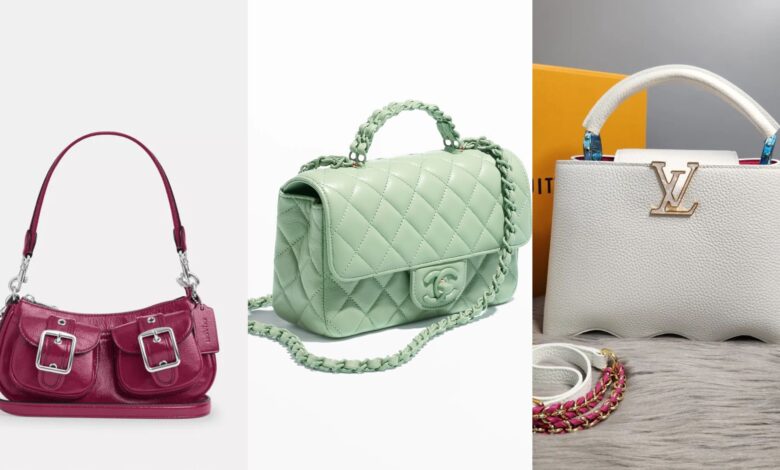“More than 80% of your designer bags are made in China” – Chinese manufacturers expose luxury fashion’s dirty secret amid U.S. trade war

As tensions between the United States and China erupt into a full-blown trade war, the ripples are being felt far beyond the usual battlegrounds of tech and steel. Now, a new front has opened—one draped in leather, embossed in gold, and paraded down the world’s fashion capitals.
Chinese manufacturers behind some of the globe’s most coveted luxury brands—Coach, Gucci, Hermès and more—are lifting the veil on an industry that has long thrived on image, secrecy and inflated price tags. In a bold and unprecedented move, these suppliers are urging fashion lovers to sidestep the middlemen and buy directly from the source.
ALSO READ: US government bans sexual relationships between its employees and Chinese citizens
One such voice is the TikTok user Senbags, a factory-based producer who claims to manufacture accessories for top-tier labels. In a now-viral video, she shares shocking details: “Some say as long as there is a tag saying ‘Made in China’, the bag can never be luxury. But in fact, more than 80% of luxury bags in the world are made in China. The brands just won’t acknowledge that. They take the almost finished bags from China to their own factories to do the repackaging and logo installing—so they can label them ‘Made in Italy’ or ‘Made in France’.”
From Nigeria to China: 5 Cultures Where Women Take Charge — Even in Marriage”
In parts of Africa and Asia, women don’t just marry — they become husbands, heirs, and heads of the family. These fascinating traditions challenge everything we think we know about gender roles.
This whistle-blowing comes on the heels of what many in the manufacturing sector have called “unfair” tariffs imposed by the U.S. government.
🔥 A Trade War Escalates
In April 2025, the Trump administration declared a national emergency and introduced sweeping tariff measures targeting Chinese imports. Dubbed “Liberation Day Tariffs”, the new policy included:
-
A 34% country-specific surcharge for China, bringing the effective tariff rate to 54%, effective 9 April.
By 9 April, retaliatory action from Beijing prompted the U.S. to push tariffs on Chinese goods to a jaw-dropping 125%, later clarified to 145%. While some items—like smartphones and semiconductors—were eventually granted exemptions, luxury goods were not so fortunate.
China hit back hard. On 4 April, it imposed a 34% tariff on U.S. goods, later escalating to 84%, and finally to 125%, effective 12 April. The tit-for-tat has plunged both economies into a new phase of protectionism with severe implications for global trade.
👜 Luxury Unmasked
For over three decades, China has silently powered the production of high-end fashion accessories for elite Western labels. But as profit margins shrink and export restrictions tighten, factory owners are speaking out.
Senbags laments that in many cases, the actual manufacturing cost of a bag is “just $10”, while global consumers are charged thousands at luxury boutiques. “We make the same bag, sometimes better, but without the brand name. Why should people pay $2,000 when they can get it from us for far less?”
This sentiment has fuelled a growing movement among Chinese manufacturers who are now marketing their wares directly to consumers via TikTok and other platforms. Their message is simple: Why pay for the brand when you can pay for the bag?

🧳 A Shift in the Luxury Narrative?
This public unravelling of luxury fashion’s supply chain is nothing short of a revolution. With tariffs creating unprecedented pressure and transparency becoming a weapon, the mystique of luxury branding is facing one of its biggest tests yet.
Whether consumers embrace the direct-from-factory model or remain loyal to the glitz and glamour of European boutiques, one thing is clear: the world is watching, and the luxury bag in your wardrobe might just have a far more global story than the label lets on.







